For individuals with thin or fine hair, finding ways to add volume and length can be challenging. Permanent hair extensions offer a transformative solution, giving your hair a fuller, thicker, and longer appearance that feels natural and blends seamlessly with your own hair. If you’ve been searching for the right method to enhance your look and feel more confident, understanding the various types of permanent hair extensions is key.
In this article, we’ll explore the best permanent hair extensions for thin hair, providing an in-depth look at the pros, cons, and care tips of each method. We’ll also touch on key considerations such as hair type, lifestyle, and desired results to help you choose the perfect solution for your needs.

Permanent hair extensions refer to semi-permanent methods of attaching hair extensions to your natural hair, allowing for weeks or months of wear before needing adjustments or maintenance. Unlike temporary options like clip-ins or halo extensions, permanent extensions remain in place until they are professionally removed or repositioned. This can be especially appealing to individuals with thin hair who are looking for long-lasting results without the hassle of daily application.
When considering permanent hair extensions for thin hair, it’s essential to understand the typical specifications and their implications:
Consulting with a professional stylist is crucial to determine the most suitable length and weight for your specific hair type, ensuring both aesthetic appeal and hair health.
Before diving into the types of permanent extensions, it’s important to understand the unique challenges faced by those with thin or fine hair. Thin hair lacks volume and density, making it more difficult for extensions to grip securely. Some methods that work well for thicker hair may be too heavy for fine hair, leading to breakage, tension, and discomfort.
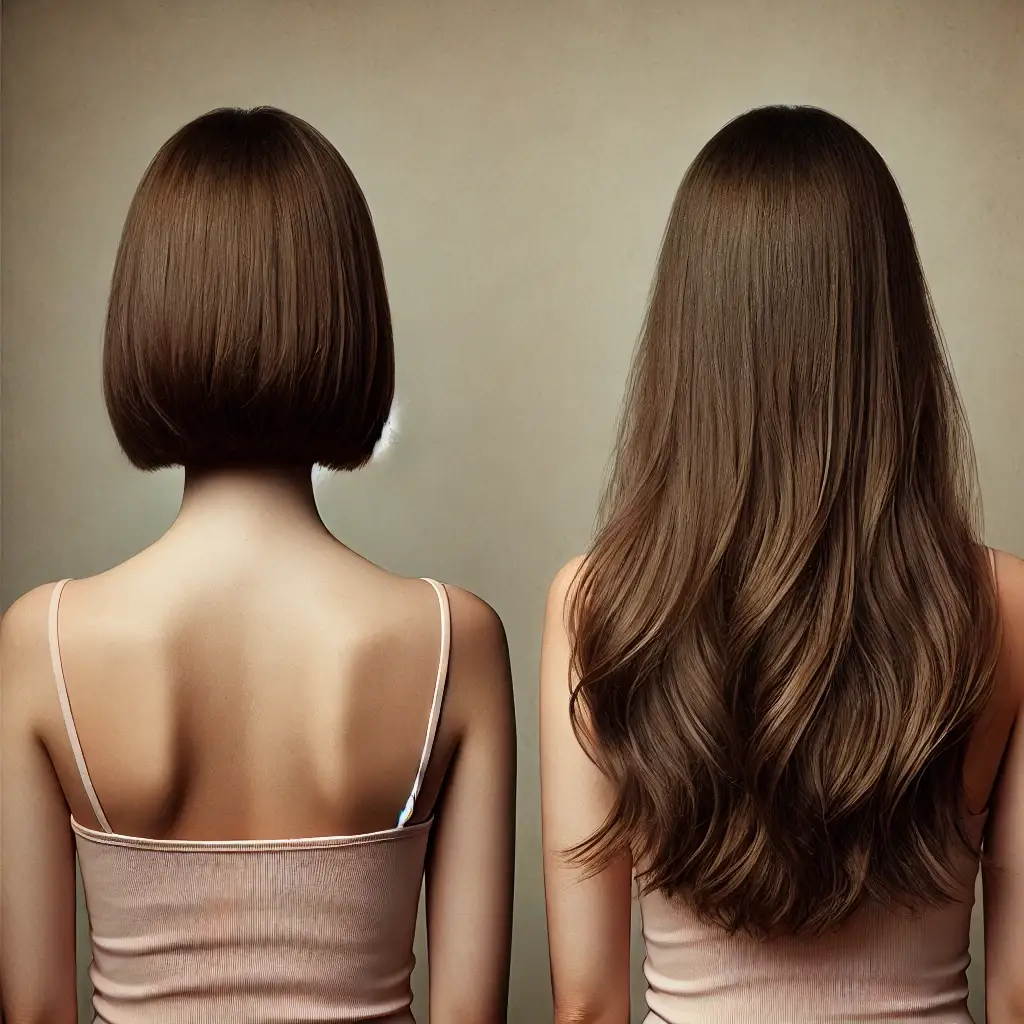
The key to success with permanent hair extensions for thin hair is choosing lightweight, non-damaging methods that provide enough volume and length without putting too much strain on your scalp or natural hair. Let’s explore some of the best options.
Tape-in extensions are one of the most popular choices for those with thin hair because they are lightweight and gentle. These extensions come in small wefts that are pre-taped with medical-grade adhesive. During the installation process, a thin section of your natural hair is sandwiched between two wefts of tape-in extensions. The process is quick, taking about 1 to 2 hours, and results in natural-looking volume and length.
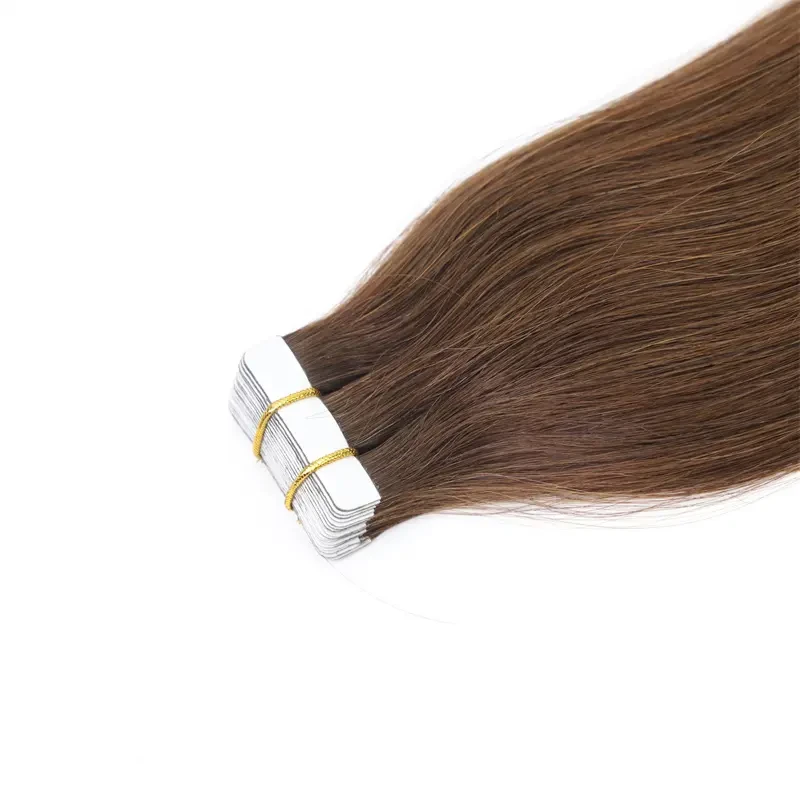
To keep tape-in extensions looking their best, avoid using products with oil or silicone, as these can loosen the adhesive. Brush gently to avoid tugging at the tapes, and always dry the roots after washing.
Micro-link extensions, also known as I-tip or micro-bead extensions, involve attaching individual strands of extension hair to small sections of your natural hair using tiny beads or rings. The beads are clamped shut to secure the extensions without the need for glue, heat, or chemicals.

Avoid using heavy conditioners near the beads, as this can cause slippage. Be mindful when brushing and use a soft-bristle brush to gently detangle your hair from root to tip.
Keratin bond extensions, also known as fusion extensions, are individual strands of hair that are pre-tipped with keratin. During the application process, the keratin bond is heated and fused to small sections of your natural hair using a specialized tool. Once bonded, these extensions can last for several months.
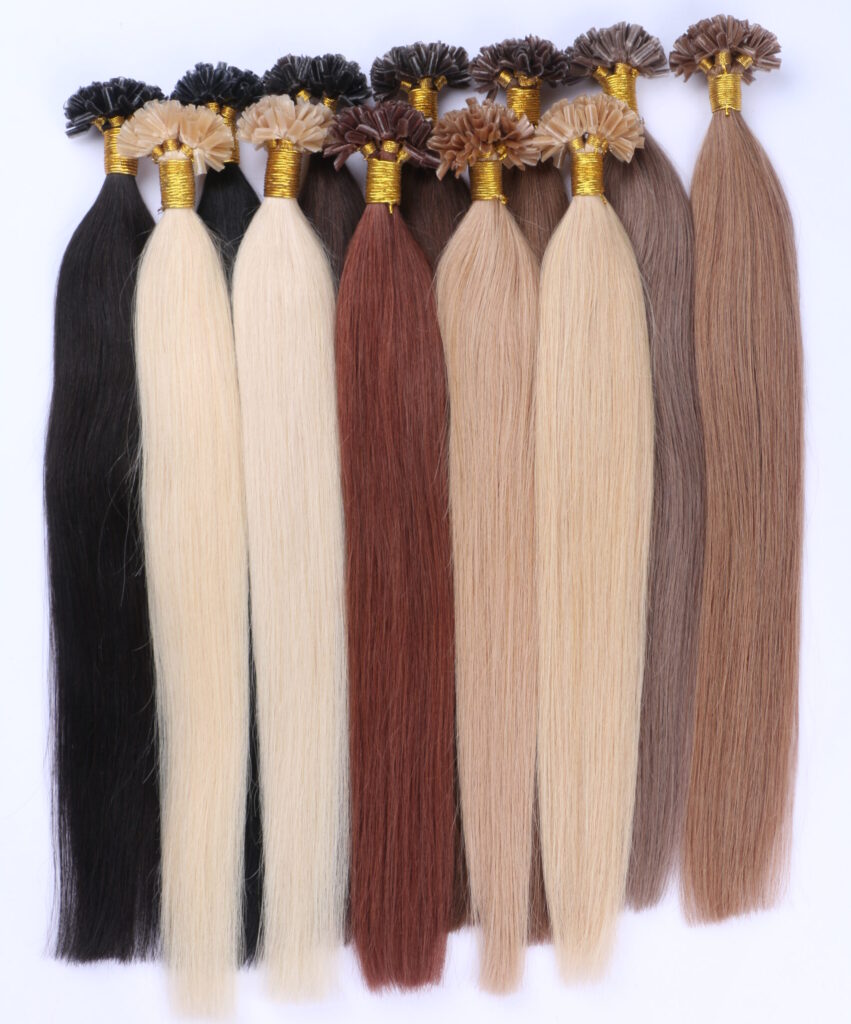
To prolong the life of keratin bond extensions, avoid excessive heat styling and use sulfate-free, extension-friendly shampoos. Brush gently and avoid pulling on the bonds to prevent premature shedding.
Sew-in extensions, also known as weave extensions, involve braiding your natural hair into small cornrows and then sewing wefts of hair extensions onto the braids using a needle and thread. This method is commonly used on thicker, coarse hair, but can be modified for fine hair with the right technique.
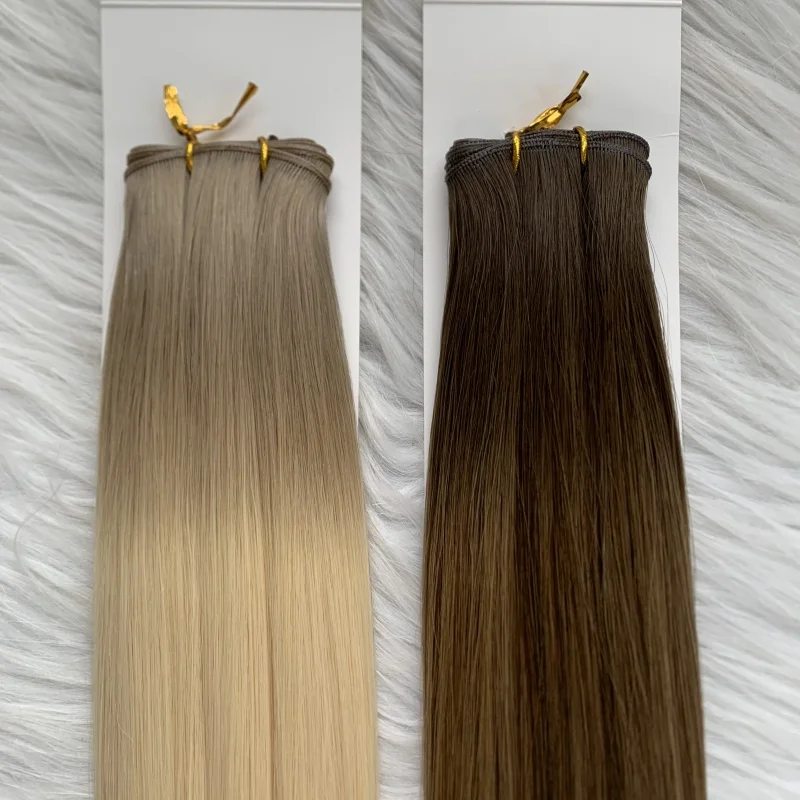
Keep your scalp clean and moisturized to prevent buildup around the braids. It’s also important to sleep with a silk or satin scarf to protect your hair and extensions from friction.
Nano-ring hair extensions are similar to micro-links but use much smaller rings, making them less noticeable. The extensions are applied by threading your natural hair through the nano-rings and clamping them securely to the extension strands.
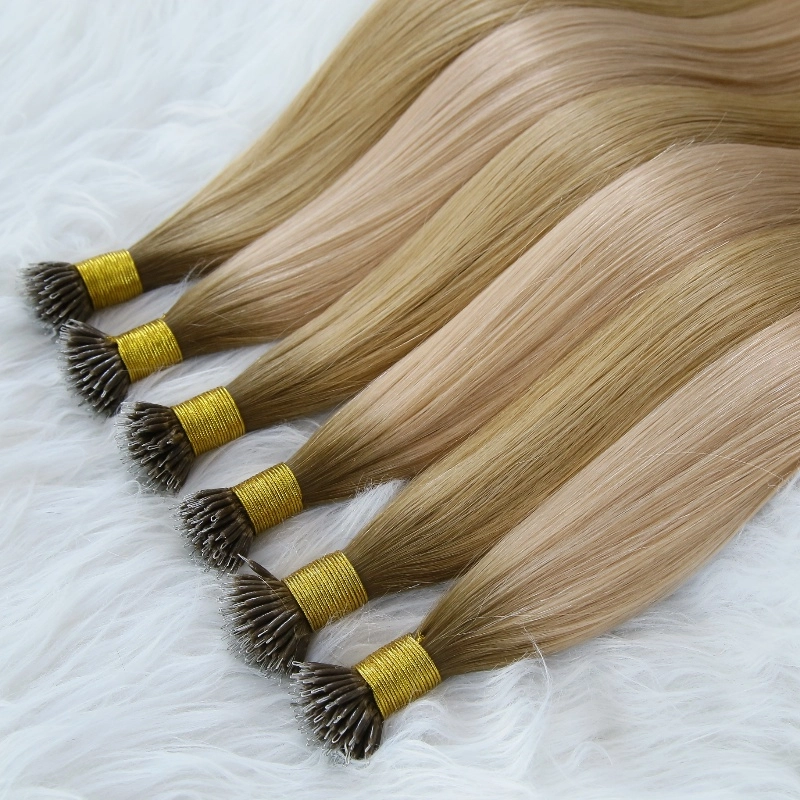
Use extension-friendly products and avoid conditioners or oils near the rings. Gently brush your hair, starting from the tips and working your way up to prevent tugging at the rings.
Though not classified as a permanent method, clip-in hair extensions are worth mentioning, especially for individuals with thin hair who may want the flexibility of wearing extensions on special occasions without a long-term commitment. Clip-ins are temporary hair extensions that can be applied and removed at home, offering a versatile option for those who may not want permanent extensions but still desire added volume and length.

Brush your natural hair and the extensions before clipping them in to prevent tangles. Be sure to section your hair neatly and avoid using too many clips in one area to prevent adding too much weight to your fine strands.
Permanent hair extensions offer an exciting opportunity to enhance your natural beauty and achieve the voluminous, flowing locks you’ve always wanted. For those with thin or fine hair, the right choice of extensions can not only add fullness and length but also boost confidence and self-expression. By selecting a method tailored to your hair type and lifestyle, and by following a consistent care routine, you can enjoy long-lasting results that transform your look.
Whether you’re opting for lightweight tape-ins, secure keratin bonds, or discreet nano-rings, permanent hair extensions provide endless possibilities for creating the hair of your dreams. With the help of a skilled stylist and a commitment to proper maintenance, your thin hair can become the foundation for a variety of stunning, head-turning styles.
1. Are permanent hair extensions safe for thin or fine hair?
Yes, permanent hair extensions can be safe for thin or fine hair if you choose the right method and have them installed by a professional. Options like tape-in, nano-ring, and invisible tape extensions are lightweight and gentle, minimizing the risk of damage. It’s important to avoid heavy extensions, as they can strain your natural hair and scalp. Regular maintenance and proper care are also essential to prevent breakage.
2. How long do permanent hair extensions last?
The lifespan of permanent hair extensions depends on the type you choose and how well they are maintained. Tape-in extensions usually last about 6 to 8 weeks before needing to be re-applied, while keratin bond and micro-link extensions can last up to 4 to 6 months. Nano-ring extensions require maintenance every 6 to 8 weeks. Following a good care routine will help extend the life of your extensions.
3.Can I style my hair normally with permanent extensions?
Yes, you can style your hair with permanent extensions, but you should be cautious with heat tools and products. Most extensions can be heat-styled, but it’s essential to use a heat protectant spray and avoid applying heat directly to the bonds or tapes, as this can weaken them. Extensions like micro-links and keratin bonds offer more flexibility for styling compared to tape-ins, but gentle handling is key to preserving the extensions and your natural hair.
4. How should I care for my permanent hair extensions?
Caring for permanent hair extensions involves using gentle, sulfate-free products to avoid damaging the bonds or tapes. Brush your hair carefully with a soft-bristle or loop brush, starting from the ends and working upward to prevent tangles and breakage. When washing your hair, focus on the roots and ensure the extensions are completely dry afterward. Regular touch-ups with your stylist are essential for keeping the extensions secure and in place. Avoid heavy oils and conditioners near the roots to prevent slippage.

New customization and stock clearance
WhatsApp us